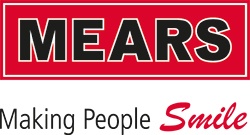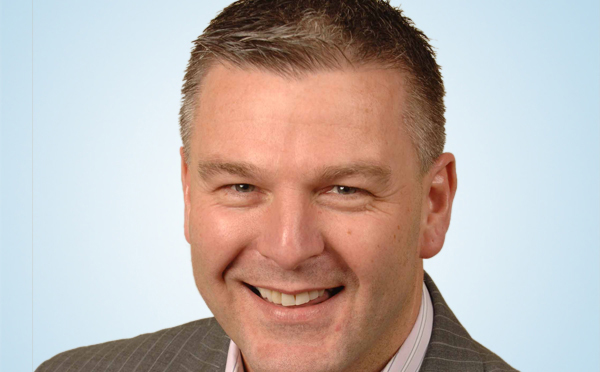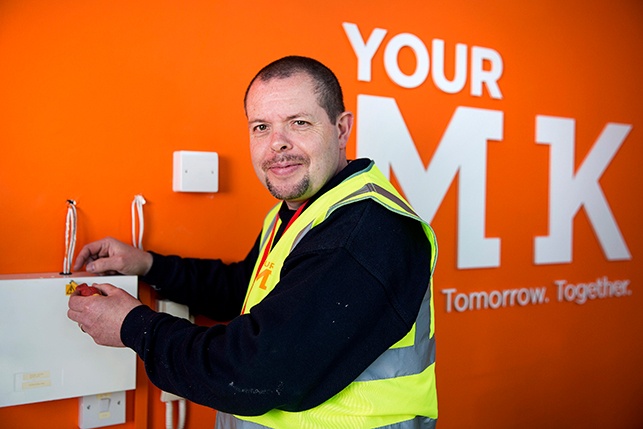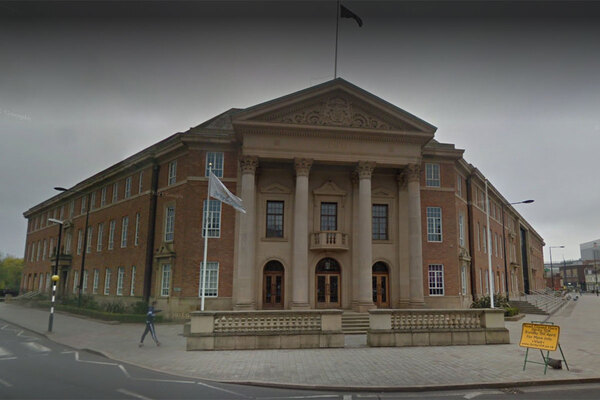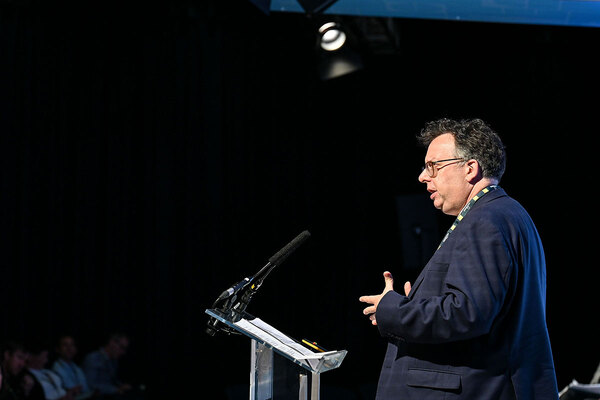Driving regeneration
How effective use of data is being used to drive major regeneration works in Milton Keynes
Article written in association with:
YourMK
Homes: 11,611
Aim: To reduce maintenance costs on most deprived states
Life expectancy differential: 12 years
Milton Keynes appeared to drop from outer-space into the Buckinghamshire countryside when its concrete boulevards and underpasses were constructed in the 1970s. Butsome of the town’s housing estates - where architects imagined doctors and factory workers would mingle - are starting to show their age.
YourMK, a 50/50 joint venture between housing repair company Mears and the town’s council, has been tasked with giving the town’s 11,000-plus council homes a fresh lease of life and regenerating the most deprived areas.
Kathryn Eames, the venture’s head of regeneration, says some buildings in the town’s first estates were only designed to last 30 years, but are still going 47 years later.
“They were built non-traditionally and have outlasted their life expectancy, with the council’s ability to maintain them diminishing,” she explains. “It is costing a huge amount of money to keep them habitable but in many cases, even that isn’t enough.”
Initial financial modelling undertaken by the council shows that the average 30-year capital investment per property in the most deprived estates ranges from £76,000 to £106,000, compared with an average of £48,000 for its regular housing stock.
This has knock-on consequences: the council’s regeneration strategy warns the “drain of high maintenance costs” prevents it building more affordable housing from its own resources.
Ms Eames, a passionate Milton Keynes resident who has lived in the town for more than 20 years, believes big and small data need to be part of the solution to respond to these problems. This is critical as YourMK will be announcing the town’s first regeneration programme in the spring.
“In the design and delivery of strategic asset management and regeneration we use intelligence to shape and guide our interventions,” she says. “There are three main types: information from technical assessments; insight from residents; and data gleaned from larger macro demographics and employment statistics.”
The council’s efforts are initially focused on seven estates - Beanhill, Coffee Hall, Fullers Slade, Lakes, Netherfield, North Bradville and Tinkers Bridge - where health data shows life expectancy is up to 12 years less than elsewhere in the town.
“Milton Keynes is built on a grid system. The estates are so self-contained the most deprived and the most affluent could be next to each other. You could cross the road and people would be living 12 years longer,” she says. “It’s unacceptable and we need to address it.”
YourMK uses demographic, health and employment datasets to understand the problems faced by people living on these estates. “We will use big data to shape our engagement and regeneration. We need to understand the make-up of the community.”
Ms Eames, who was in charge of regeneration at the council before being seconded to YourMK, knows this approach works. She established job clubs across Milton Keynes after datasets from the Department for Work and Pensions (DWP) revealed unemployment hotspots where jobless rates are double the Milton Keynes average.
“We use data from the DWP and work very closely with Jobcentre Plus (JCP). We also data-share with JCP to understand the people we need to target and whether they maintain employment.”
The results are impressive. The clubs have helped more than 5,700 people into training and 2,100 into paid work. The majority of the jobs have been taken by people from the priority regeneration estates and 70% of all people helped into work have sustained their employment six months later.
Yet in-work poverty and child poverty remain stubborn problems. On average 29% of those in employment on the estates are classified as in-work poor - defined as under 60% of average household income. The town’s main workplaces are hotels, retail outlets and warehouses, with workers attracted by the town’s prime location near London, Birmingham, Oxford and Cambridge.
“One of the issues for Milton Keynes is that we have a hollowed-out labour market where we have plenty of low-end and high-end jobs, but not a huge amount in the middle,” says Ms Eames.
Data gleaned from a detailed and technical review of the council’s assets will play an important role in setting the priorities of the town’s multimillion pound regeneration programme. YourMK is currently carrying out a comprehensive stock condition survey to reveal the condition of the buildings.
“Our survey will shape the programme of planned work going forward and it will inform where we start the programme of regeneration to be announced in the spring,” says Ms Eames. “It is incredibly important for us to find out where the need is greatest and respond to those needs in a planned way.”
YourMK also wants to use data to gain a better understanding of tenant behaviour to both extend the life of its assets and better support its tenants to maintain their tenancies.
“There will be people who live a range of lifestyles who struggle to maintain their properties. If we have that information then we can support those tenants in a different way so they are able to live more stable lives and maintain their properties in a more sustainable way,” says Ms Eames.
Bringing data about housing conditions and tenant needs together in this way helps both the council and YourMK. However, hard numbers can only take you so far. Ms Eames believes qualitative information must be used to complete the picture of life on the estates.
“It is really important you bring together hard data with insight from the people who live in these areas, for whom these houses are their homes,” she says. “Data from the Index of Multiple Deprivation or census is only one source of information. Life isn’t black and white. It’s the shades of grey that are as important, that make a row of houses into a community.”
This is where YourMK’s community partnership team comes in. Its role is to meet and work with people on the estates. “They are out on the estates every day. They feed back perceptions and concerns,” Ms Eames says. “There are also 80 people from the community who feed information back to us weekly.”
This information is mapped for each estate so YourMK understands all the key issues. This will again inform the regeneration plans.
Ms Eames is a firm believer in the power of data to inform good decision making. “People make assumptions about these areas but when you have the data you can start to see the issues,” she says. “Add to that the community feedback and we have a very considered picture, which is incredibly important when you’re making the kind of decisions we will have to make.”

